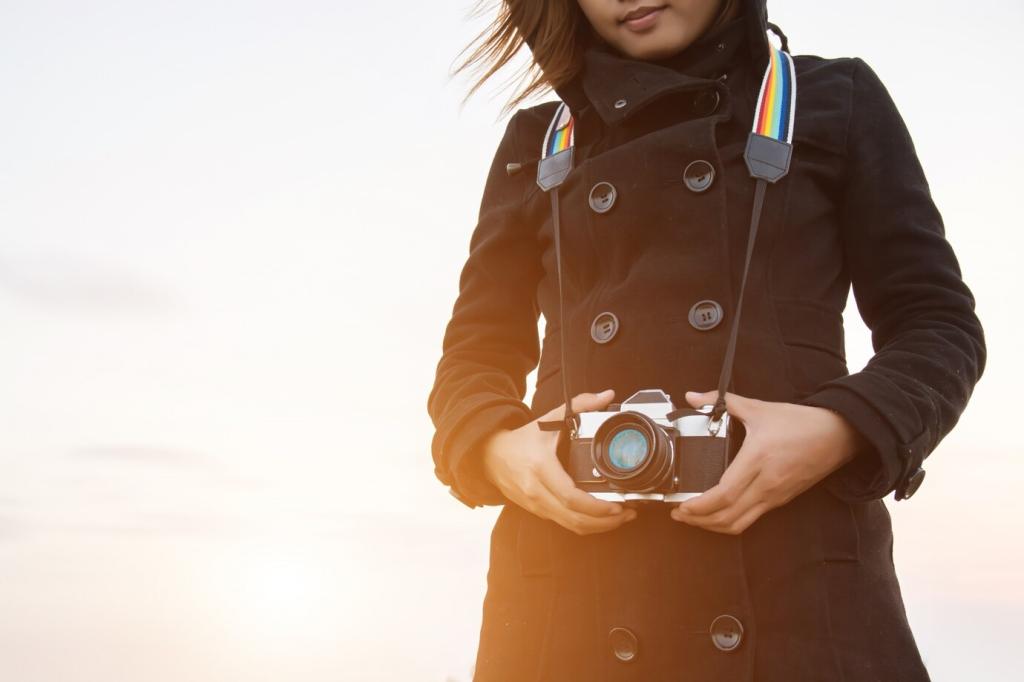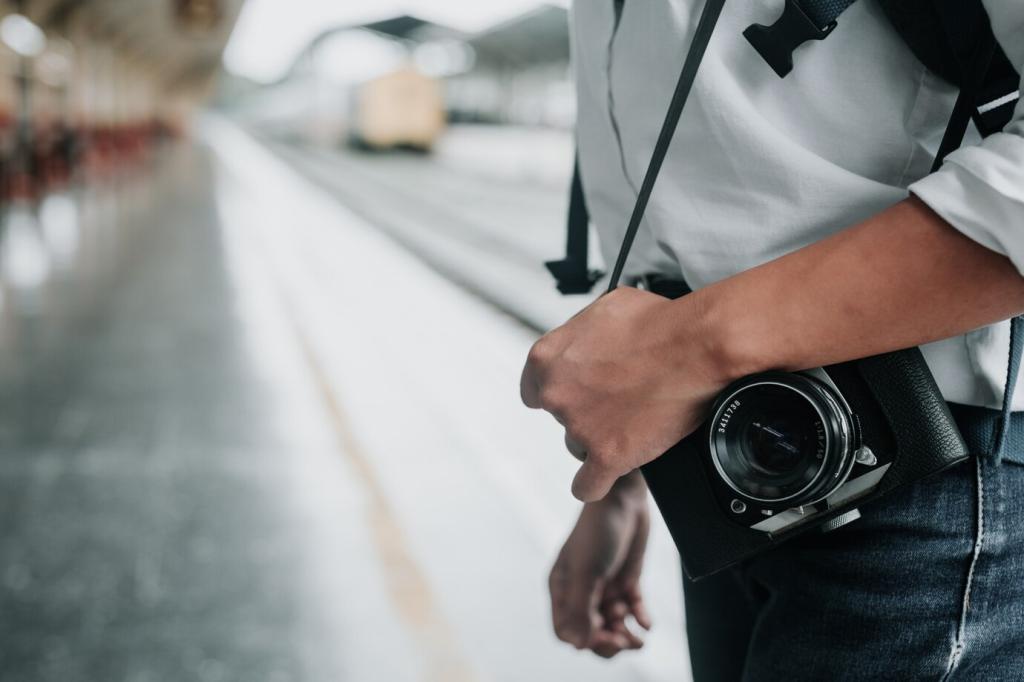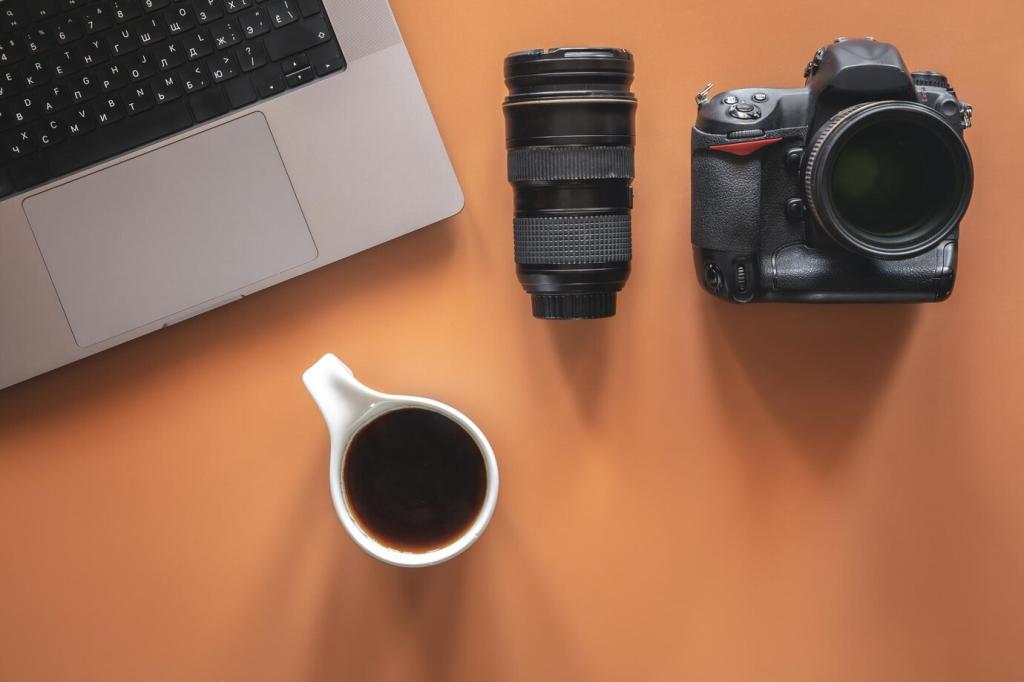
Start Strong: Basic Camera Equipment for Beginners
Today’s chosen theme: Basic Camera Equipment for Beginners. Step into photography with confidence as we break down bodies, lenses, light, and must-have accessories. Ask questions in the comments and subscribe for weekly gear wisdom tailored to real, everyday shooters.


Choosing Your First Camera Body
Full-frame offers depth and low-light advantages, while APS-C and Micro Four Thirds provide reach and portability. Beginners often benefit from APS-C balance—lighter setups, affordable lenses, and plenty of quality for learning composition and exposure fundamentals.
Choosing Your First Camera Body
In-store, pick the camera up, navigate menus, and adjust settings without looking too hard. If buttons, dials, and the viewfinder feel intuitive, you’ll shoot more. A reader told us that a comfortable grip doubled their practice hours in one month.

Lenses 101: The Glass That Shapes Your Story
A 50mm equivalent prime is sharp, bright, and affordable. It teaches composition by getting you moving and rewards you with creamy backgrounds. Many beginners fall in love with photography again after their first evening shooting a simple prime at sunset.
Lenses 101: The Glass That Shapes Your Story
A modest 24–70mm or 18–55mm zoom covers portraits, streets, and travel. It’s perfect when you’re still learning your favorite focal lengths. One subscriber shared how a kit zoom helped them nail a surprise proposal without missing a single moment.
Support and Stability: Tripods, Straps, and Bags
Look for a lightweight aluminum or carbon tripod with a simple ball head. Stability transforms low-light photos and time-lapses. A reader once messaged us saying their tripod turned blurry night cityscapes into frame-worthy prints on the very first try.
Power and Memory: Batteries and Cards
Own at least one extra battery, ideally two for full-day outings. Label and rotate them to track usage. On a frosty morning, a warm spare saved a reader’s sunrise session after their first battery drained unexpectedly in the cold.
Power and Memory: Batteries and Cards
Pick reputable brands and moderate capacities to reduce risk. Faster cards help with bursts and video. One follower lost images to a bargain card; now they test cards monthly and format in-camera, a tiny routine that protects precious memories.
Power and Memory: Batteries and Cards
Import the same day, verify, and back up to a second drive or cloud. Keep cards untouched until files are safely duplicated. Comment with your current workflow, and we’ll help tailor a simple, stress-free backup plan that actually sticks.



Care and Protection: Filters, Cleaning, and Weather
A quality UV or clear filter can defend against scratches and sea spray. Skip cheap glass that degrades sharpness. For creative control, consider a circular polarizer outside. Tell us your typical environment, and we’ll recommend the right filter strategy.
Pack a blower, microfiber cloth, and lens pen. Clean gently, glass first. After a sandy beach walk, a quick blower pass prevented grit from grinding into a subscriber’s zoom ring, sparing an expensive repair and keeping autofocus silky smooth.
Dedicated rain covers are great, but a zip bag and rubber band can rescue a sudden drizzle. Dry gear thoroughly afterward. Share your weather war stories below, and we’ll compile a reader-tested checklist for shooting confidently in unpredictable conditions.
